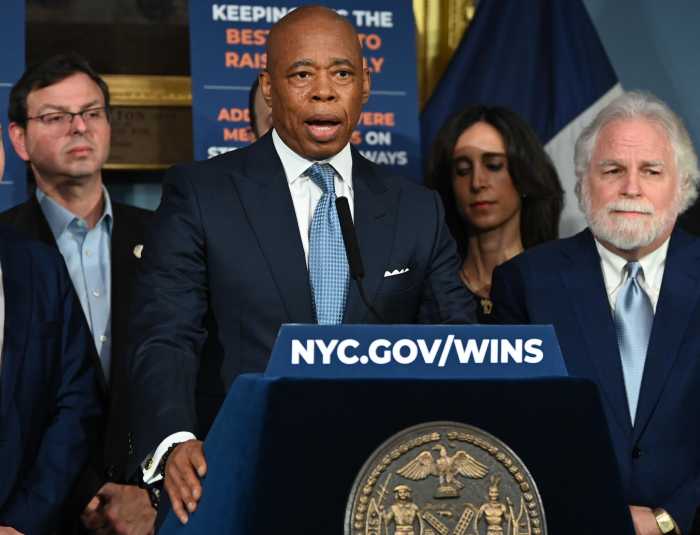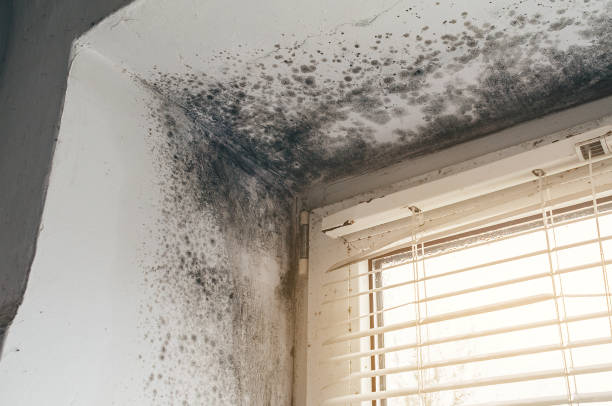
There were a few reasons that the Kosciuszko Bridge, named after a Polish hero of the American Revolution, got its hard-to-pronounce name.
The bridge opened in 1939 and was named a year later in a ceremony paying homage to the Polish spirit after German Blitzkrieg. And the location fit the name, notes Geoffrey Cobb, author of “Greenpoint Brooklyn’s Forgotten Past”: Poles were an ethnic majority on the Greenpoint side of Newtown Creek.
But in the decades since the bridge went up, the neighborhood has gone from Old World to hipster, and the bridge has become a nightmare of bumper-to-bumper standstills. If you’ve ever hit traffic on the Brooklyn Queens Expressway, then you know the Kosciuszko Bridge.
The bridge may finally shake its lackluster reputation on Thursday, when the first part of its replacement is opened with fanfare by Gov. Andrew Cuomo. As the new bridge bears its first cars, the sleek new span stands in stark contrast to the gritty history that shaped the original Kosciuszko and the changing neighborhood below.
Why the bridge honors a Polish engineer
The Poles had been in Greenpoint long before the bridge — Cobb says written records note their presence in the area at least back to 1885. They came in large numbers over the next decades for a reason: the industry lining Newtown Creek, dividing Brooklyn and Queens.
The Creek was home to sugar refineries, oil refineries, rope factories, and other industrial spaces that drew heavy freight traffic — at its height, more than parts of the Mississippi, says Bob Singleton of the Greater Astoria Historical Society. And the factories were close enough that residents could walk to work, says Cobb.
Pre-Kosciuszko, crossing the Creek meant something like the small so-called Penny Bridge, which 19th-century Brooklynites could use to spend a day in the near-woodlands of the original Calvary Cemetery, says Singleton. Even into the 20th century other modes of transportation were difficult in the area, far from subway lines.
But transportation changed leading up to World War II as New York’s master planner Robert Moses began his dream of highway building throughout the five boroughs and beyond. The Kosciuszko was an important link in that highway system.
“The BQE doesn’t make any sense without the Kosciuszko,” says Cobb. And the new highway system “didn’t just change the neighborhood, it really changed all of Brooklyn.”
The construction of the Kosciuszko and Moses’s highways meant widespread evictions for residents and sometimes neighborhoods cut into swathes, as happened in Greenpoint. But the new highways sprouting up in New York and around the country also themselves contributed to shifts in local industry and the state of the city. To be sure, those shifts were prompted by multiple forces including a newly global economy, manufacturing changes and shifting governmental policies. But better vehicular infrastructure and the rise of trucking meant that traditional manufacturing didn’t need to take place next to water or rail to get goods to market. Much of Newton Creek’s industry began to close, leaving just a deeply polluted waterway that is still a federal Superfund site.
You could see signs of resurgence in Greenpoint when artists began moving in, says Cobb, an Irish native who has lived in the neighborhood for approximately 20 years.
As people took stock of the neighborhood’s “vibrant community” and proximity to Manhattan, it “took off,” says Cobb, with real estate values climbing particularly in the last five or six years.
Those newcomers are drawn by good subway service more than highways, and an argument could be made that in this new era, mass transit could use a similar investment to the $555 million spent on phase one of the new Kosciuszko.
The new bridge
But the new era of the area has shaped the new bridge, too. The old one was famous for its steep uphill climb, which has been revised — state officials say that now, the bridge doesn’t need to be so high above the Creek due to changing nautical navigational needs, with fewer big ships plying their way below. Those dozens of fewer feet in height mean less of a climb and potentially less need for trucks to slow down for the ascent, which could mean less traffic.
And, the second section of the bridge slated to open in 2020 is to include a mixed-use walking and biking path, reintroducing a human scale for those just trying to stay within the boroughs.
But the name is set to stay the same, of which Cobb approves.
“It’s an honor to the Polish community that has been here for a long time,” he says, living through world war and neighborhood change in the shadow of the largely unloved bridge.




































